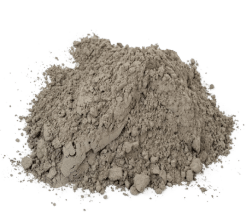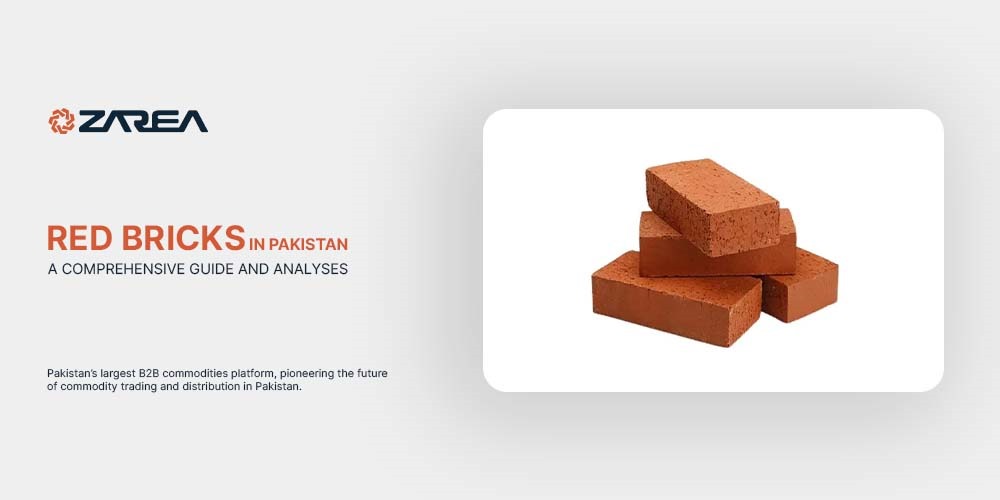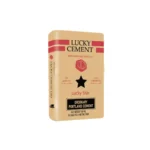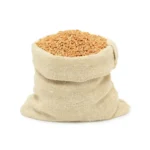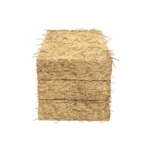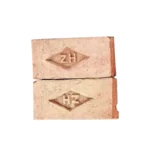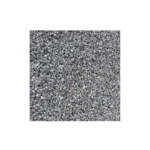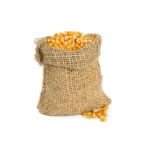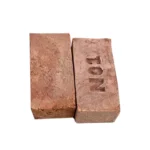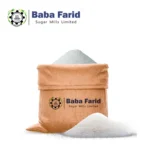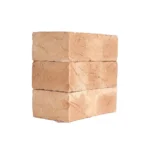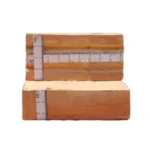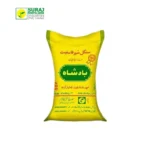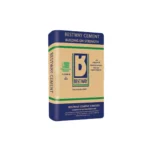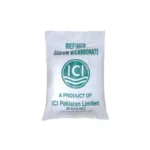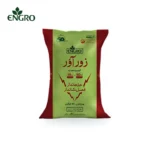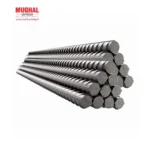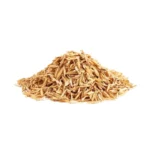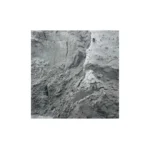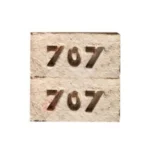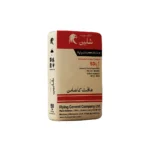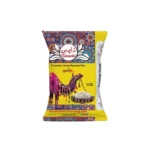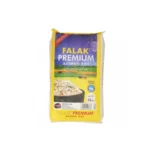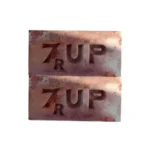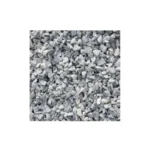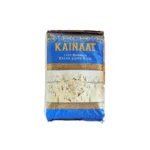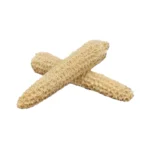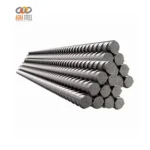Introduction – Red Bricks Texture:
Red bricks are a form of building material utilized for constructing walls, pavements, and various components of masonry. Formally, the word brick refers to a unit mainly made of clay, but it is now informally used to refer to units made of different materials or other chemically hardened construction blocks. Bricks can be connected using mortar, adhesives, or interlocking methods. Bricks are typically manufactured at brickworks in various classes, types, materials, and sizes, depending on the region. They are produced in large quantities.
Red bricks have long been fundamental to building, valued for their strength, visual attractiveness, and affordability. From early societies to contemporary buildings, these bricks still serve an essential function in creating robust and enduring structures. This thorough guide examines the materials, categories, advantages, applications, and costs of red bricks, assisting you in making an educated choice for your upcoming building endeavor.
Clay Fired Bricks:
Fired bricks are among the most durable and robust construction materials, often called synthetic stone, and have been utilized since approximately c. 4000 BCE. Air-dried bricks, often referred to as mudbricks, predate fired bricks and include an extra element of a mechanical binder like straw.
Bricks are arranged in rows and various designs referred to as bonds, collectively called brickwork, and can be set in different types of mortar to secure the bricks and create a strong structure.
Shaping methods:
Three primary techniques are employed to transform the raw materials into bricks for firing:
Moulded bricks – These bricks begin with unprocessed clay, ideally combined with 25–30% sand to minimize shrinkage. The clay is initially crushed and blended with water to achieve the preferred texture. The clay is subsequently compacted into steel molds using a hydraulic press. The molded clay is subsequently heated at 900–1,000 °C (1,650–1,830 °F) to gain durability.
Dry-pressed bricks – The dry-press technique resembles the soft-mud moulded process but begins with a denser clay mixture, resulting in bricks with more precise, sharper edges. The increased pressure in pressing and the extended firing duration render this approach costlier.
Extruded bricks – The clay for extruded bricks is blended with 10–15% water (stiff extrusion) or 20–25% water (soft extrusion) in a pugmill. This blend is pushed through a die to form a lengthy cable of material with the intended width and thickness. This material is subsequently sliced into bricks of the required length using a wire wall. The majority of structural bricks are manufactured using this technique, as it yields hard, dense bricks, and appropriate molds can create perforations too.
What Are Red Bricks?
Red bricks are produced from clay, which is shaped and subsequently baked at high temperatures to attain their distinctive hardness and durability. The red hue mainly derives from the iron oxide present in the clay. Conventional red bricks are recognized for their fire resistance, thermal insulation, and eco-friendly attributes, making them a favored option for residential and commercial structures.
Types of Red Bricks:
Red bricks are available in multiple grades and categories, each fulfilling distinct construction requirements:
1. First-Class Bricks (Awwal Bricks)
- Consistent in form and dimensions
- Elevated compressive strength
- Minimal water uptake
- Utilized for visible brickwork and load-bearing walls.
2. Second-Class Bricks (Doam Bricks)
- Somewhat less uniform compared to first-class bricks
- Utilized in general building projects where plastering is necessary.
- Cost-effective option for projects with budget constraints
3. Third-Class Bricks
- Uneven form with coarse textures
- Reduced strength and longevity
- Appropriate for transient constructions and interior division walls
4. Special-Purpose Bricks
- Hollow Bricks: Lightweight bricks featuring openings for enhanced insulation.
- Fire Bricks: Bricks that resist heat, utilized in fireplaces and furnaces
- Engineering Bricks: Durable, moisture-resistant bricks designed for robust construction projects.
Benefits of Using Red Bricks:
Red bricks provide numerous benefits that establish them as a favored building material:
- Durability – When made correctly, red bricks endure for many years without notable damage or deterioration.
- Thermal Insulation – They offer natural insulation, maintaining cool interiors in summer and warm ones in winter.
- Red bricks – provide numerous benefits that establish them as a favored building material:
- Durability – When made correctly, red bricks endure for many years without notable damage or deterioration.
- Thermal Insulation – They offer natural insulation, maintaining cool interiors in summer and warm ones in winter.
Common Uses of Red Bricks:
Red bricks are commonly utilized in numerous building projects, such as:
- Load-Bearing Walls – High-quality bricks are utilized for robust structural walls.
- Partition Walls – Inferior-quality bricks assist in separating indoor areas.
- Facade and Decorative Elements – Visible brick patterns contribute a classic beauty to structures.
- Pavements and Landscaping – Utilized for driveways, pathways, and garden trails.
- Fireplaces and Ovens – Heatproof bricks are utilized in chimneys and manufacturing kilns.
Pricing and Availability of Red Bricks:
The cost of red bricks differs based on quality, size, and location. In Pakistan, Awwal (first-class) bricks usually cost between PKR 12,000 and 15,000 for 1,000 bricks, whereas Doam (second-class) bricks can be found for PKR 10,000 to 12,000 per 1,000 bricks. Buying in large quantities can lower expenses, and location-related elements like shipping and kiln fees can affect prices.
Final Thoughts:
Red bricks continue to be an essential construction material, merging durability, cost-effectiveness, and aesthetic charm. Regardless of whether you are building a residence, workplace, or industrial facility, choosing the appropriate grade of red bricks guarantees stability and endurance over time. It grasps its characteristics and applications and can aid you in making the optimal decision for your construction requirements.
For the most up-to-date red brick prices and bulk buying options, check out Zarea—Pakistan’s premier B2B marketplace for building supplies.
FAQ’s:
Is red brick clay?
Clays high in iron oxide produce reddish bricks, whereas clays with significant lime content yield bricks in white or yellow shades. Bricks in the northeastern United States are usually reddish-brown. In the Southeast, bricks are usually crafted from red clay, resulting in a noticeable red hue.
Is brick smooth or rough?
Bricks may possess various textures based on their purpose. Bricks intended for load-bearing walls feature a smooth finish and crisp edges, whereas bricks meant for decorative use might exhibit a rough surface or a design.
Which type of brick is best?
Top-quality burnt-clay bricks are the best, providing superior strength and quality. These premium burnt clay bricks lack visible imperfections and are priced higher than inferior grades.
What material is used between bricks?
Mortar consists of a blend of sand and cement, primarily utilized for constructing brick or block walls. Although that might resemble the recipe for producing concrete, there are specific distinctions between the mixtures for mortar and cement, which is why these materials shouldn’t be used interchangeably.
Is red brick strong?
Red bricks are famous for their toughness and longevity. Their compressive strength surpasses that of fly ash bricks, making them ideal for applications that bear loads. The greater strength of red bricks enables them to support heavier loads without undergoing notable deformation or failure.
